- California Assembly OKs highest minimum wage in nation
- S. Korea unveils first graphic cigarette warnings
- US joins with South Korea, Japan in bid to deter North Korea
- LPGA golfer Chun In-gee finally back in action
- S. Korea won’t be top seed in final World Cup qualification round
- US men’s soccer misses 2nd straight Olympics
- US back on track in qualifying with 4-0 win over Guatemala
- High-intensity workout injuries spawn cottage industry
- CDC expands range of Zika mosquitoes into parts of Northeast
- Who knew? ‘The Walking Dead’ is helping families connect
Mokbar introduces Korean food to New York with…Japanese ramen?
By Tae Hong
As a young girl, Esther Choi left behind a predominantly white New Jersey neighborhood and stepped into a traditional Korean kitchen upon arriving home every day, where her grandmother would make gastro-miracles from scratch and remind her that food tastes better with love and hard work.
Just before 30, Choi took those lessons and transferred them straight into the installation of her very own Korean-style Japanese ramen shop inside the hip Chelsea Market in New York City, where Mokbar stands as the only joint offering a taste of her family’s home country in the sprawling block.
It may be one of the hundreds of trendy ramen bars that have cropped up across the U.S. in recent years, but it’s perhaps the only one that imparts Korean flavors, and perhaps the only one with a goal of introducing Korea to visitors who flock in the millions to what many call the greatest city on Earth.
“We get a lot of tourists. People from Europe who don’t speak a lick of English, people from Africa, South America. All these people from all over the world come to Chelsea Market, and a lot of them have never heard of Korean food ever,” she said.
Mokbar — literally, “eat bar,” and less literally, a play on the popular term “mokbang,” a popular South Korean pasttime of watching others eat on camera — is more or less a new institution of education that opened last year.
Choi’s trained her servers on explaining Korean food to newbies who may or may not have heard of staples like kimchi and gochujang, and the fact that what she’s selling are easy, familiar ramen makes the introduction simple.
“They eat it and they’re just in love,” Choi said. “They are so excited to have found these new flavors. That kind of reaction that we get, that to me is pretty amazing. I’m proud to be able to do that with our culture.”
Her menu reads like one at a traditional Korean restaurant: bibimbap, samgyetang, kimchi jjigae, doenjang jjigae, bulgogi, naengmyeon, but what she sells are these dishes — the same ones she grew up watching her grandmother cook — reinvented as Japanese noodles.
The “classic ramen,” a riff on bibimbap, is a shop bestseller made like Japanese craft ramen with borrowings from the original rice-based pot, from a gochujang broth to vegetable-and-meat toppings.
Snacks on sale draw from Korean street foods — ho’ cake, or hoddeok, filled with pork belly, “halmoni dumplings” made with a recipe taken straight from Choi’s grandmother herself, kimchi-laden tteokboki.
Choi’s a Rutgers psychology graduate who dove into the food industry after enrolling in a short culinary program. After that, she worked as a Food Network purchaser, procuring fresh ingredients for high-profile chefs, and as a sous chef at the trendy La Esquina.
Opening her own shop was a result of timing for a young chef who’d only been in the business for four years. When Choi saw that a space had opened up in Chelsea Market, she had to do it, and it had to be Korean-based.
That she chose craft ramen — a countrywide craze — was a business decision.
“How can I sell Korean food in a way that would work the best for this Market, for the neighborhood, where people would feel comfortable eating it? This is not K-Town,” Choi said.
The Market, described by Choi as “the Times Square of food in New York,” is both a tourist trap and a local favorite that functions as a giant food court nestled inside the former Nabisco factory.
It’s dotted with fusion menus, bakeries and dessert shops. Her bar is its singular Korean offering.
Traces of her grandmother’s influence linger everywhere, from the Mokbar menu to Choi’s approach to food.
As a second-generation Korean American and daughter to immigrants working long hours, she spent much of her childhood helping and absorbing the techniques of her grandmother, who did with what little resources she had to put homemade dishes on the dining table. Monthly trips to the nearest Korean grocery store all the way in Philadelphia took an hour and a half by car. (That meant spicy instant noodles, a time-honored Korean kid favorite. Choi was no exception — instant noodles were the best. She had her first bowl of Japanese ramen in college.) The backyard was filled with her crops, from perilla leaves to lettuce and chives.
“That’s where I get it from,” she said. “It’s not just about the flavors, it’s really about the whole process of cooking. I think that’s what Korean traditions are all about when it comes to food — it’s about love and how much work you put into it.”
A year ago, when the shop first opened for business, Choi brought her grandmother in for a meal.
“She took a bite of our ramen and said, ‘Ah, this needs to taste better,’” she laughed. “I worked so much harder after that.”
The advice seems to have paid off — Mokbar’s seen a great start, with positive reactions from both bloggers and reviewers. Zagat listed its bulgogi ramen as one of the Market’s 10 best meals earlier this year.
So — what makes a good bowl of ramen?
“How good the bowl is from the moment you eat it until the last drop. A lot of times, the first bite will be fantastic, but by the middle of the bowl I cannot swallow another drop,” she said. “It’s really about eating the bowl from start to finish and loving it the whole time.”








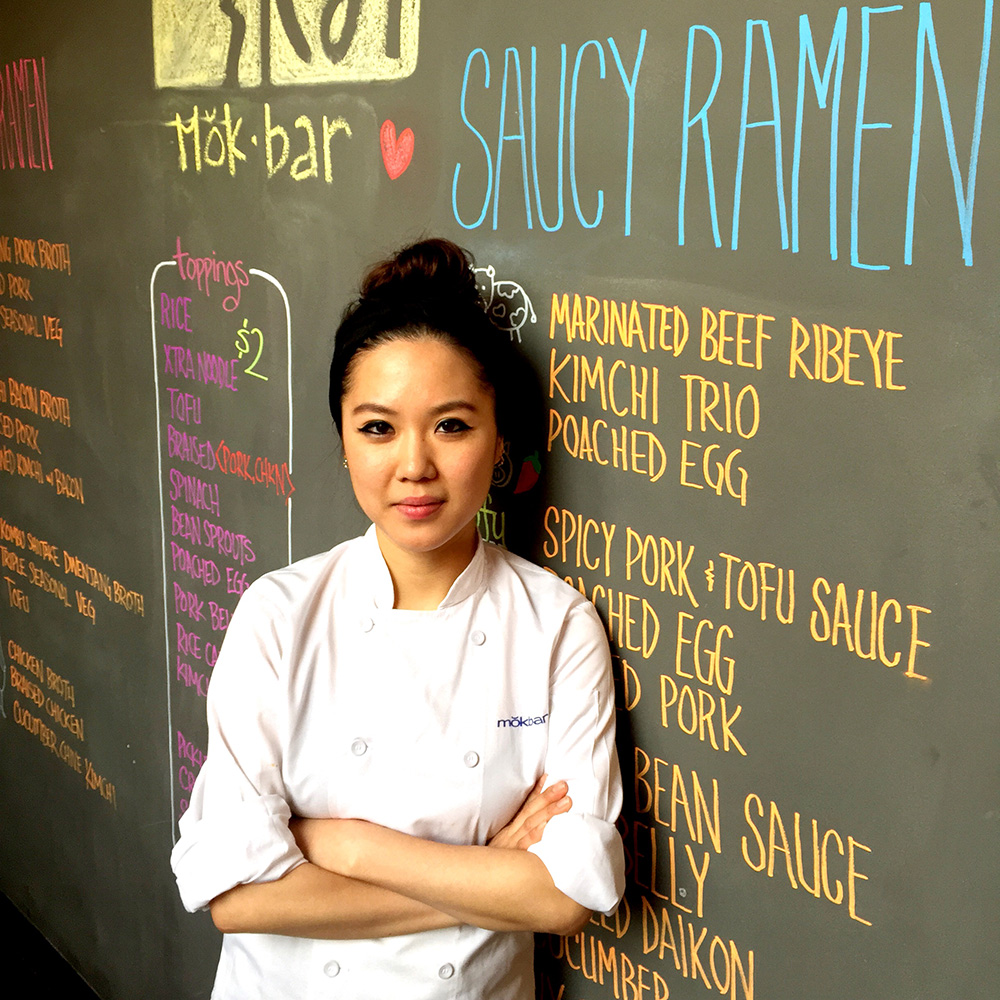
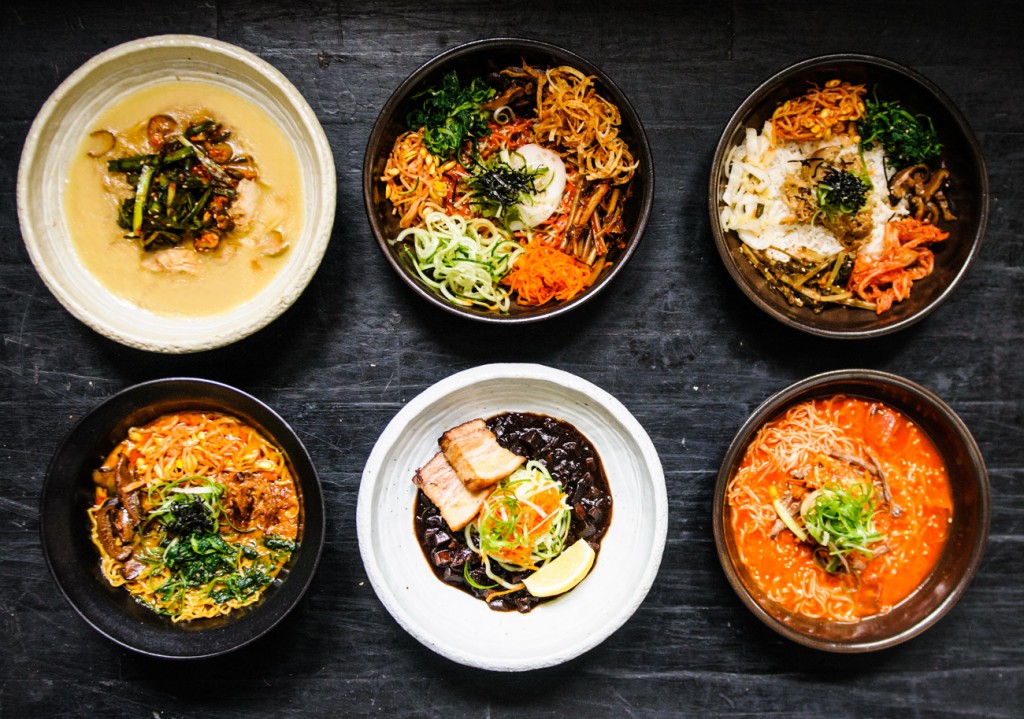
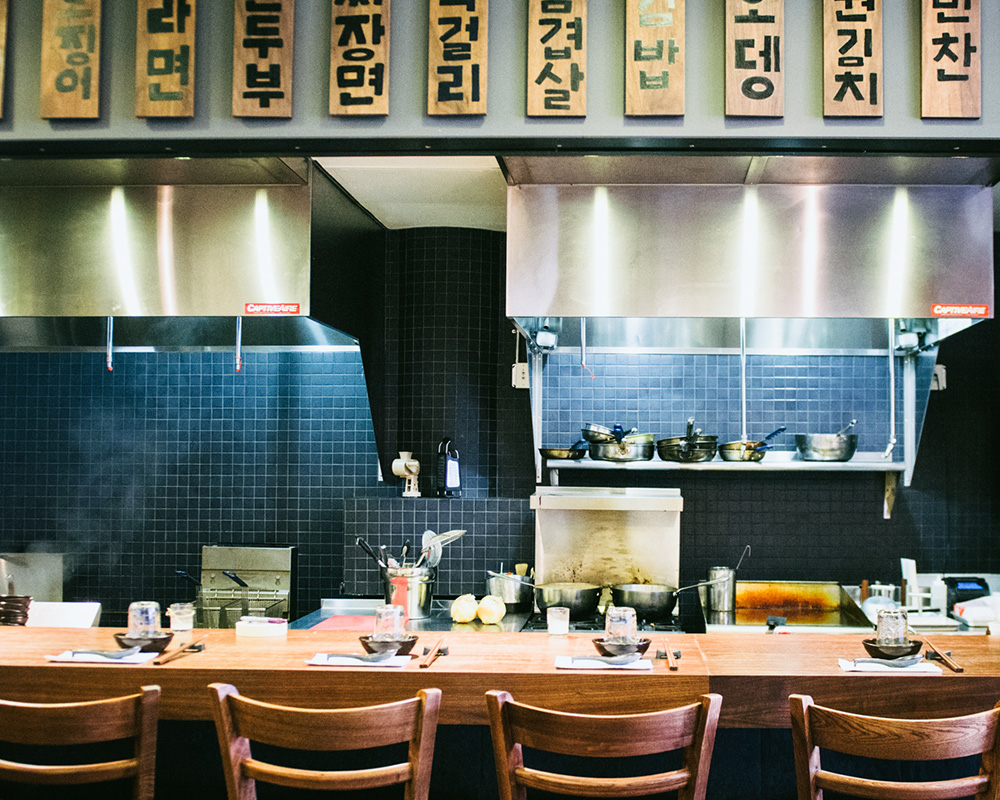
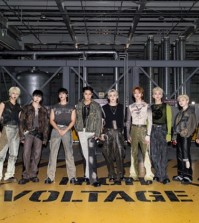






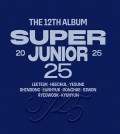

Pingback: Canon Camera Stores New York | Digital Camera World
yujin lee
July 7, 2015 at 5:19 AM
I would like to ask her to change ‘오뎅’ to ‘어묵’ in menu.
Pingback: Nikon Camera Shop New York | Focus
Pingback: Nikon Camera Store In New York City | Lenses
Pingback: Japanese Food | Herbal - Tea - Ginseng
Pingback: How To Cook Korean Ramen | how to cook vegetables
Pingback: How To Cook Korean Ramen | order - create your recipe book
Pingback: Ramen Times Square New York | flights to newyork
Pingback: Korean Supermarket New York City | subway - newyork transportation
Pingback: How To Cook Korean Ramen | news - the ultimate pasta site
Pingback: Noodles 28 New York City | get - jobs in newyork
Pengobatan keluar nanah dari lubang kencing
May 18, 2017 at 8:49 PM
Looks very good. Hopefully Always go ahead. Thank you always follow this site, hopefully always update regular to add my insight
Obat Kutil Kelamin Alami
November 7, 2017 at 10:31 AM
Chef Esther Choi is a very experienced chef
cara mengobati Kutil Kelamin
kelly
November 25, 2017 at 1:09 PM
yes..I like the basic concepts behind Second Life but it seems incredibly outdated and when I played it was intensely non-intuitive / user friendly to an extent that made EVE look like a game for toddlers. thanks from
togel online